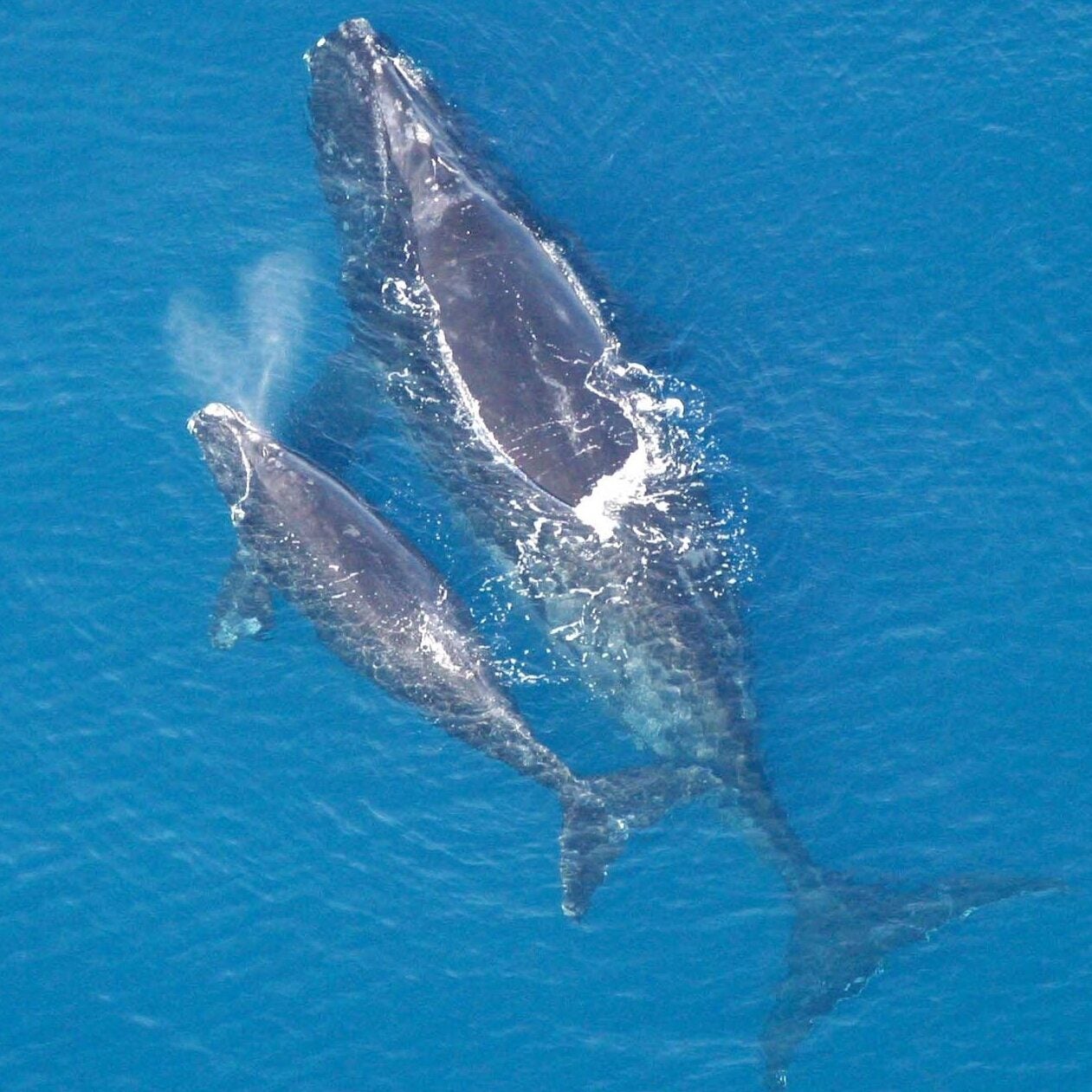North Atlantic right whales have given birth to seven calves so far this winter, but the good news is not enough to make experts like GSO’s Robert Kenney confident about the critically endangered species’ future.
“Female right whales nurse their calves for a year, then they take a year off to recover and build up their fat, and then they get pregnant again,” he said. “In good times, pregnancies are three years apart. But if they’re having difficulty building up their blubber layer, then the resting year stretches out. In 2017, all five of those that gave birth had an average interval of 10 years.”
The uptick in the birth rate this year is probably an indication of successful feeding in 2016 and 2017, according to Kenney.
“There’s nothing we can do about how many copepods there are in the water and where they are and how the oceanography compacts them into patches that are good for right whales to eat,” he said. “If the climate keeps getting warmer, things are just as likely to get worse as better.”

